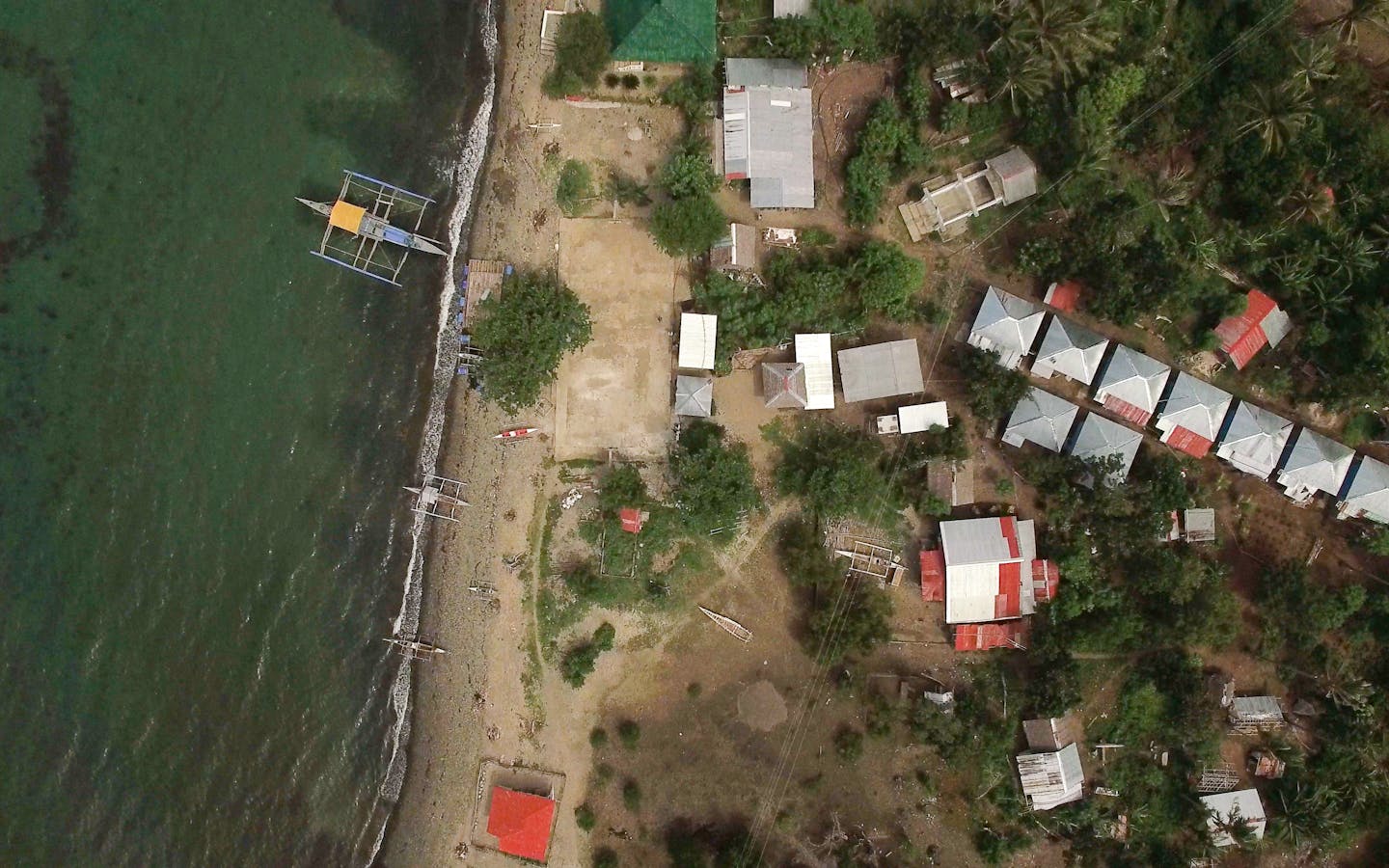In hindsight, the storm at the center of this story seems almost an omen.
Typhoon Haiyan, one of the strongest storms ever recorded, slammed into the Philippines in November 2013, two weeks before the U.N. climate talks in Warsaw. The typhoon’s devastation — 6,000 dead, millions displaced — loomed over the talks, a signal of the growing ferocity of storms that climate change threatens to unleash.
Few countries are as vulnerable as the Philippines, situated in what is sometimes called “typhoon alley.” Worse, its coastal communities have lost much of their natural defenses against storm surge, with mangrove forests giving way to fish farms and other development.
A new project led by Conservation International aims to restore these forests and other infrastructure to help the Philippines adapt to a new climate reality.
Development projects like these rarely make a splash outside of technical workshops and donor reports — but this is no typical project. Home to millions of people and significant biodiversity, the Philippines is a microcosm of global economic and environmental challenges, and the lessons learned here will be taught far and wide.
By protecting nature, this project could literally save human lives.
In our special series, “Turning the Tide in ‘Typhoon Alley’,” we document the lives at stake — and the efforts to rebuild nature’s defenses to stronger storms and rising seas. Read the series below and check back for new chapters.
Installments
-
Chapter 1: The storm
All but defenseless, Philippine towns feel Haiyan’s wrath.
© Japan Meteorological Agency -
Chapter 2: Roots from rubble
On Philippine coasts, rebuilding nature’s barriers to stormier seas
© Tim Noviello -
Chapter 3: A vicious circle
In storm-ravaged Philippines, motorcycle tires are a powerful symbol.
© Daniel Palmer/Flickr Creative Commons -
Chapter 4: The giving trees
How an accidental forest saved a village from a storm for the ages
© Nandini Narayanan -
Nature meets tech
An unlikely alliance to protect islands from storms
© CI/photo by Tim Noviello -
Two years after the storm
Balancing caution and ambition in a town on the brink
© Conservation International/photo by Tim Noviello







